Wine 101: Master the Art of Wine Tasting
Ever wondered why you don’t like wine? Or maybe you do… but only if it tastes like adult Capri Sun (looking at you, Barefoot Moscato). You might think wine just isn’t for you, but what if the issue isn’t the wine, it’s how you’re tasting it?
I used to be in the same boat. But once I learned how to actually taste wine, I started falling in love with it.
Here’s the truth: there’s no one-size-fits-all way to taste wine. Your taste buds are yours alone. What you pick up might be completely different from what I do and that’s the fun part. Oh, and fun fact: about 80% of what we “taste” is actually smell. So if your nose isn’t involved, you’re missing half the show.
Let’s break it down.

Step 1: Look at it
Hold your glass against a white background like you’re judging a paint swatch. Notice the color, clarity, and intensity.
White wines can be anywhere from pale straw to rich gold. Lighter color? Probably younger and zippier. Darker? Maybe sweeter or aged. Red wines often get lighter with age, and their color (and tannins) come from the grape skins, seeds, and stems. If you want to nerd out, that’s thanks to anthocyanins, but we’ll save that rabbit hole for another time.
See those legs or “tears” on the inside of your glass after a swirl? Big, slow ones usually mean more alcohol or sugar. Think of them as the wine’s version of mood rings.
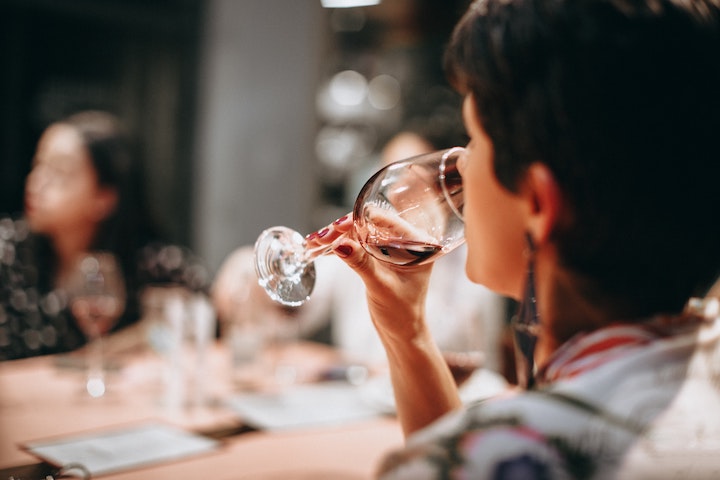
Step 2: Smell it
Yes, get your nose in the glass. Inhale. Close your eyes if that helps you focus. Swirl and sniff again to wake up the aromas.
Smelling sparkling wine is a little controversial. Some pros say swirl it, some say don’t. I say pour it in a white wine glass if you really want to catch the scents without popping all the bubbles.
If you’re not smelling things like wet limestone or green bell pepper, that’s fine. Start with what’s familiar. Pick a fruit category (berries, citrus, stone fruit) and then zoom in from there. Smell strawberries? Ask yourself: fresh berries or strawberry jam?

Step 3: Taste it
Take a small sip and let it hang out in your mouth for a few seconds. Swish it gently like you’re giving it a tour. You want the wine to warm up and release even more flavor.
Please don’t gargle it. That guy in my WSET exam? Still haunts me.
Here’s what to think about while sipping:
-
Tannin: Is your mouth feeling dry?
-
Acidity: Is it making you salivate?
-
Body: Does it feel light like water or heavy like cream?
-
Length: How long does the flavor stick around?
-
Sweetness: Dry, sweet, or somewhere in between?
-
Fruit: What kind? Fresh peach or canned peach? Lemon juice or zest?
-
Non-fruit: Getting flowers, herbs, spices, maybe even something funky like petrol or tobacco?
-
Mineral/Earth: Can you taste rocks, dirt, mushrooms?
-
Butter or oak: If it’s buttery, it may have gone through malolactic fermentation. If you’re tasting oak, that’s probably from aging in barrels (French or American), and yes, that makes a difference.
Now see if the flavors match the smells you picked up earlier. Wine is a team effort between your nose and tongue.

You like what you like
At the end of the day, you’re the boss of your palate. Start figuring out what you like in a wine and use that language when shopping or ordering at a restaurant. “I like high-acid reds with no oak” sounds a lot better than “Uhh… Merlot?”
Also, don’t let the price tag decide your taste. If your go-to is a $4 Pinot Grigio, enjoy it. Just be ready to explain why it slaps.
Time to flex
Now that you’ve got the basics down, show off. Host a tasting night, impress your date, or just sip solo with confidence. Who knows, you might be the reason someone else finally “gets” wine.

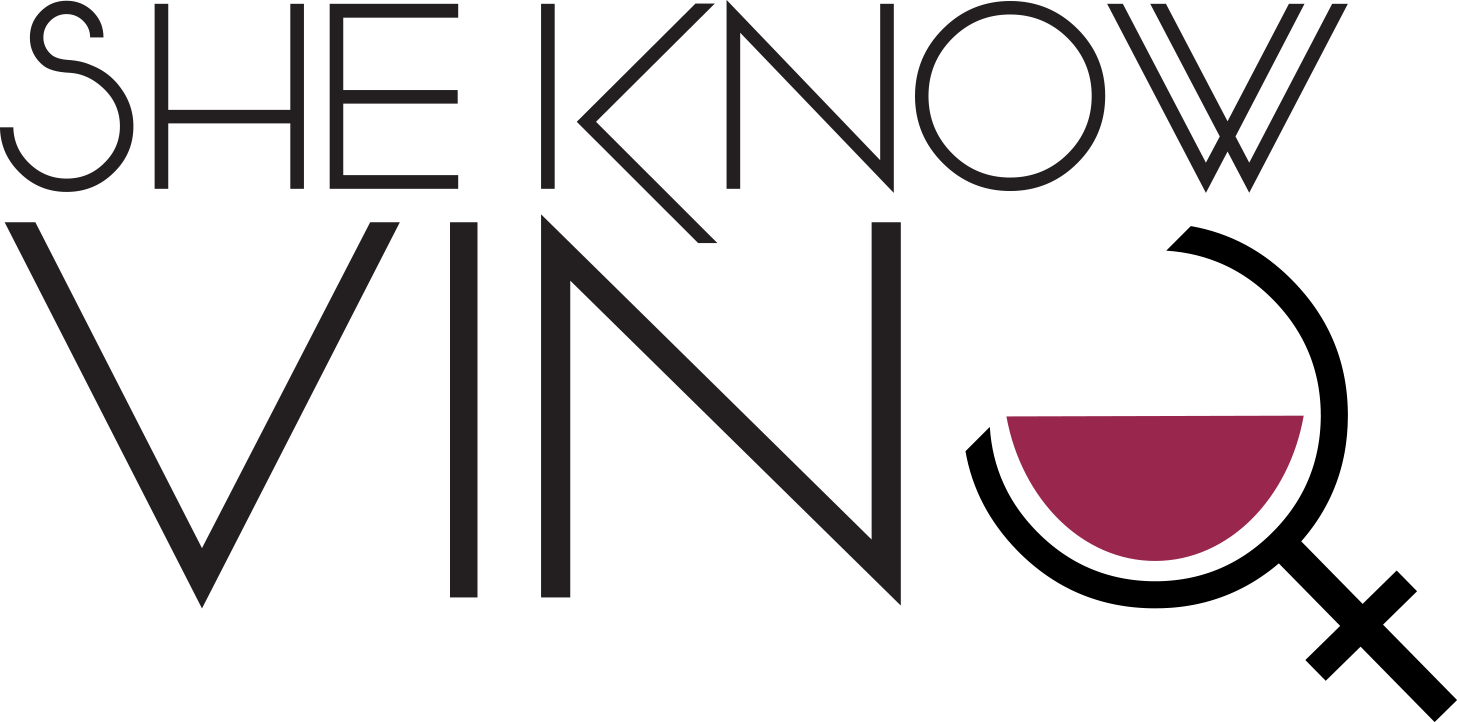

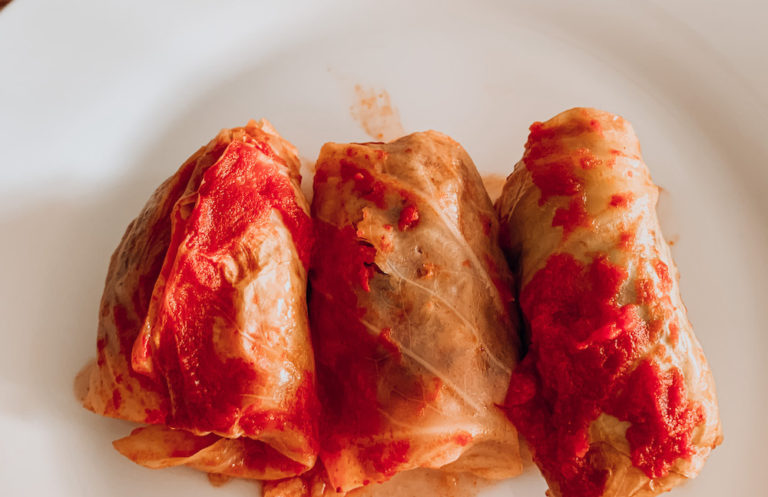
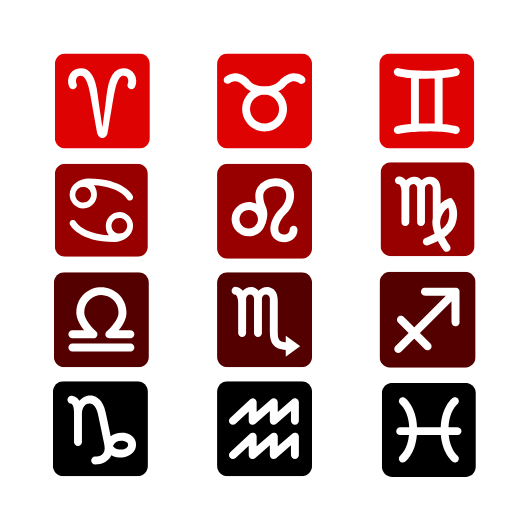
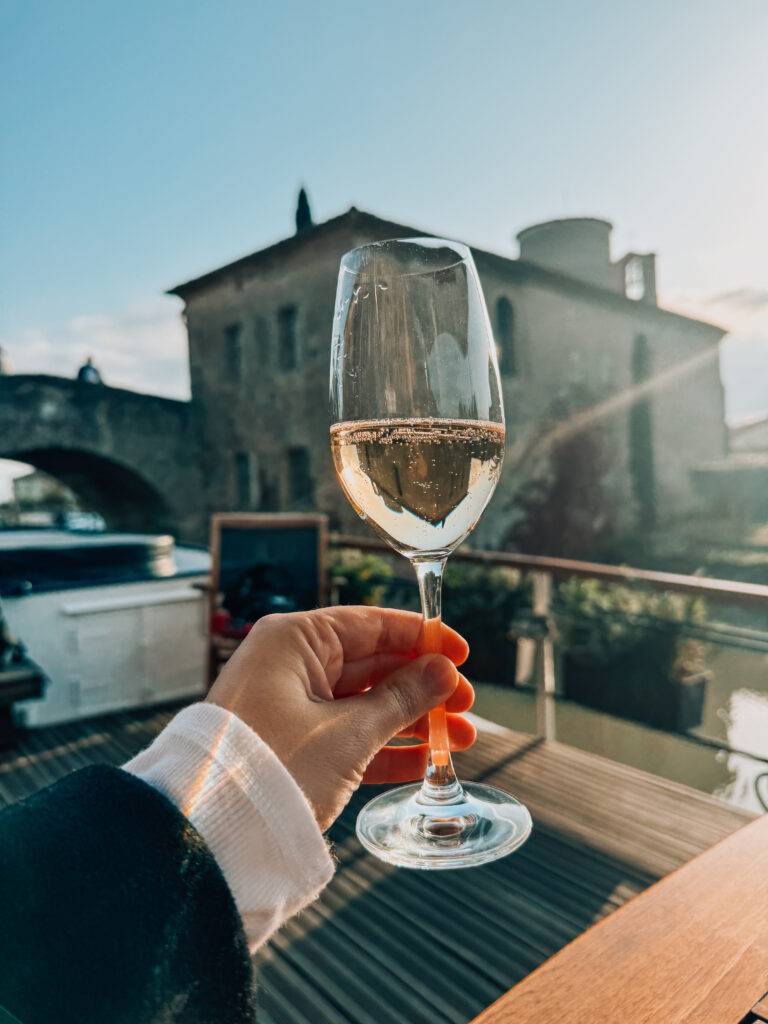
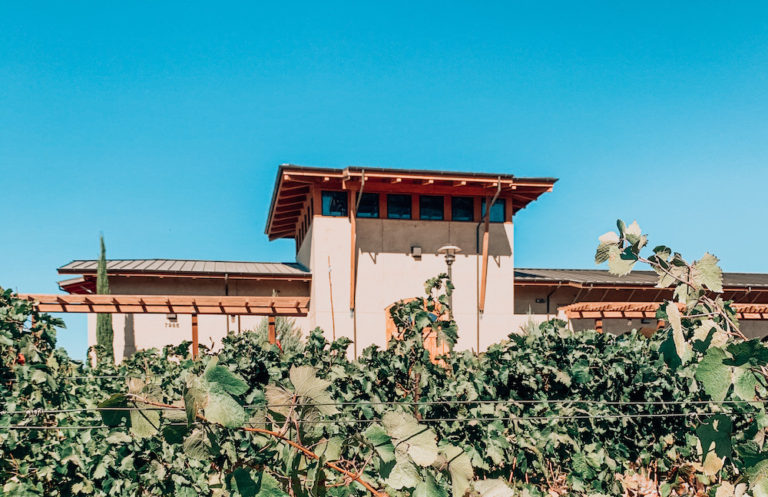
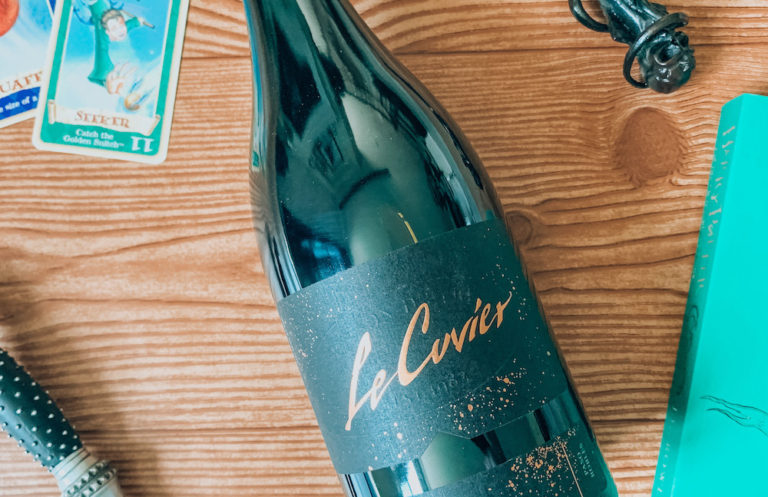
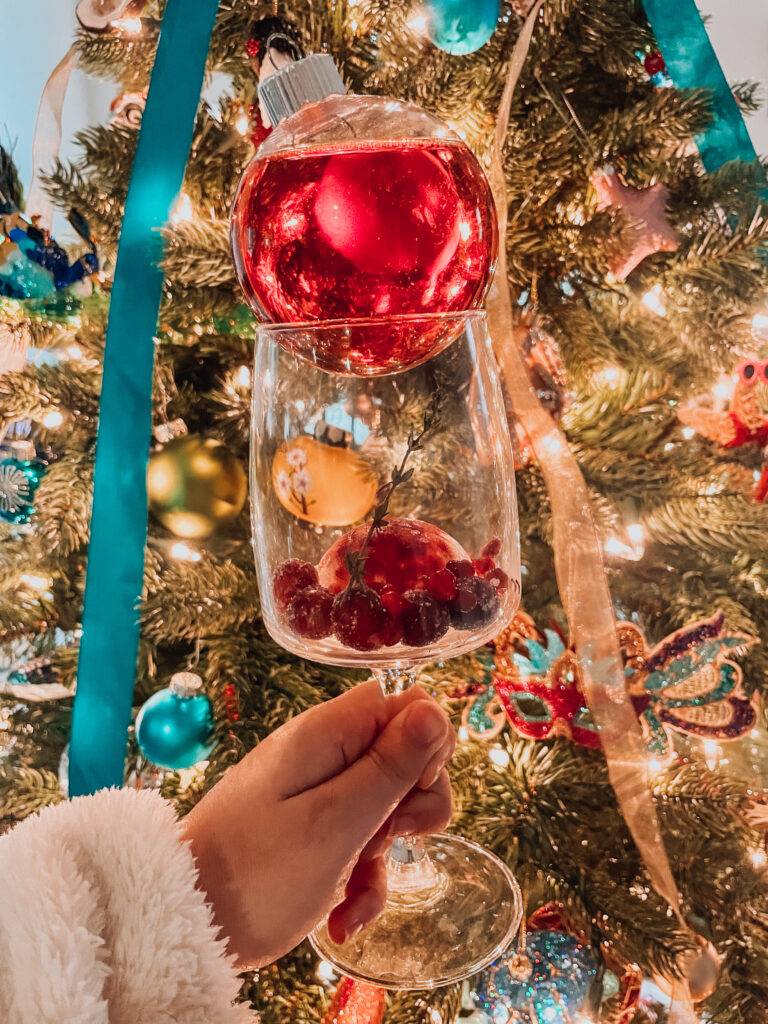
LOVE this! Your explanation is straightforward, methodical, and makes perfect sense to a wine noob like me ? thank you for such a clear and enjoyable explanation. I can’t wait to start using it in my own tasting experiences.
Thank you so much for your comment! I can’t wait for you to use your new knowledge!
This page is amazing!!! I can’t wait to keep up with your new posts, love this page already 🙂 Also love the aesthetically pleasing pictures!!
I had to use the pic from Rome haha. Miss you and thank you for supporting me!!!